We flew to Seoul on the 15th of February and spent four days in Gangneung during the second weekend of the Winter Olympic games. South Korea is the country that brought us the 10-step skin care routine, Psy’s ‘Gangnam Style’, and soju served out of a watermelon. This year, they were also the host of the 2018 PyeongChang Games, ahead of Tokyo 2020 and Beijing 2022. I was awestruck to be there, in the sea of cheering fans, snowy hills, and mountains of kimchi.
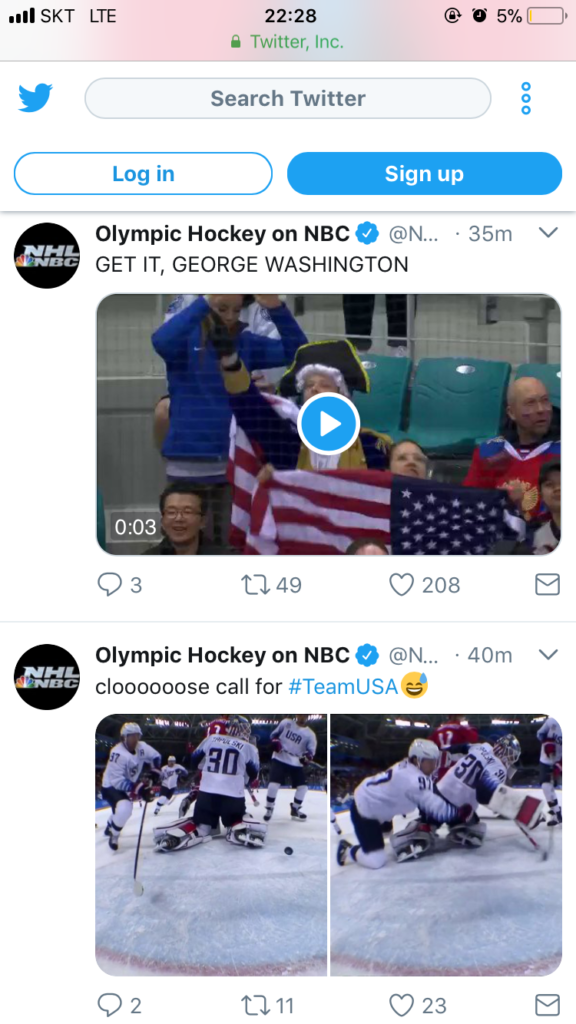
Though the location was officially in PyeongChang, the venues were distributed among three places – PyeongChang (the opening and closing ceremonies, aerial skiing, and snowboarding), Jingu (cross-country skiing, biathlon, and ski jumping), and the city of Gangneung (figure skating, curling, hockey, speed skating, and other field events). We stayed in Gangneung about a one mile walk from the Olympic park – in a love motel with heated beds and heated floors (because that was all the housing available). The first three days, we went to hockey, more hockey, and curling. Then, on the last day, we took a train to the mountain venues to watch Alpine Ski Jumping, which was breathtaking, not just because the athletes perform intricate jumps in the air, but because the whole thing is synced to a DJ who drops the beat the second the skier touches the ground. Get that DJ a gold medal stat.
Here are some of the most important things I learned about making a trip to the Olympics memorable:
Find cheap tickets to random events
We bought $17 tickets to cross country skiing relays and had the time of our lives watching ecstatic, inebriated Norwegian fans cheer their team to a gold medal. It’s the random events like Nordic Combined or Grand Slalom that make the Winter Olympics so unique. So yes, the atmosphere at Hockey or Figure Skating is amazing, but to find the best fans, go to the slopes.
Visit a cultural house
Think of these as frat houses for participating countries and their fans. Many countries open their cultural houses to the public, and each house comes with its own set of rules. Team USA house was deep in the middle of the mountains and wouldn’t allow anyone except for athletes and sponsors (Dave bothered them until he got an invitation – but would have still needed to pay $300 just to enter). The Canada house had poutine happy hours, lots of Moulson, and shuffleboard tables. The Heineken Holland house had, well, Heineken and turned into a club at night, with the Dutch decked out in their finest highlighter-orange attire. No one could tell me where the Russian house was.
If you plan on going to one of these houses, buy your tickets well before the games. All of the day passes were sold out 2-3 days in advance when we were there. Luckily, the passes are cheap – $15-$20- and get you entry into the house, the chance to watch the games, eat local foods, and meet the olympians. We were really looking forward to the Swiss house but never made it there because of the next point…
Events are much further apart than you think
We left Gangneung the last day to travel to the Alpensia ski resort and the Phoenix ski jumping center. Getting there took a 15 minute train out of the city and a 45 minute shuttle bus to the resort, something I totally hadn’t anticipated. There were nine shuttle busses running around the mountain area, but because the routes weren’t labeled, we took the wrong bus to the aerial event at night and ended up missing the first round entirely because we also didn’t anticipate the uphill trek to the venue which took almost 30 minutes. Because there were fewer volunteers in that region, we couldn’t ask anyone for help.
Ask the volunteers for help.
The volunteers were the best part of the Olympics. At PyeongChang, they were clad in bright pink pants and jackets, and were there to guide people to their venues and answer questions. Not all the volunteers speak English though, and not all of them can help with what you are looking for. They do wear a badge with their speciality (which we didn’t know to look for the first few days). And as a bonus, after every event, they line up to say goodbye and high-five the passing spectators.
Eat all the local food
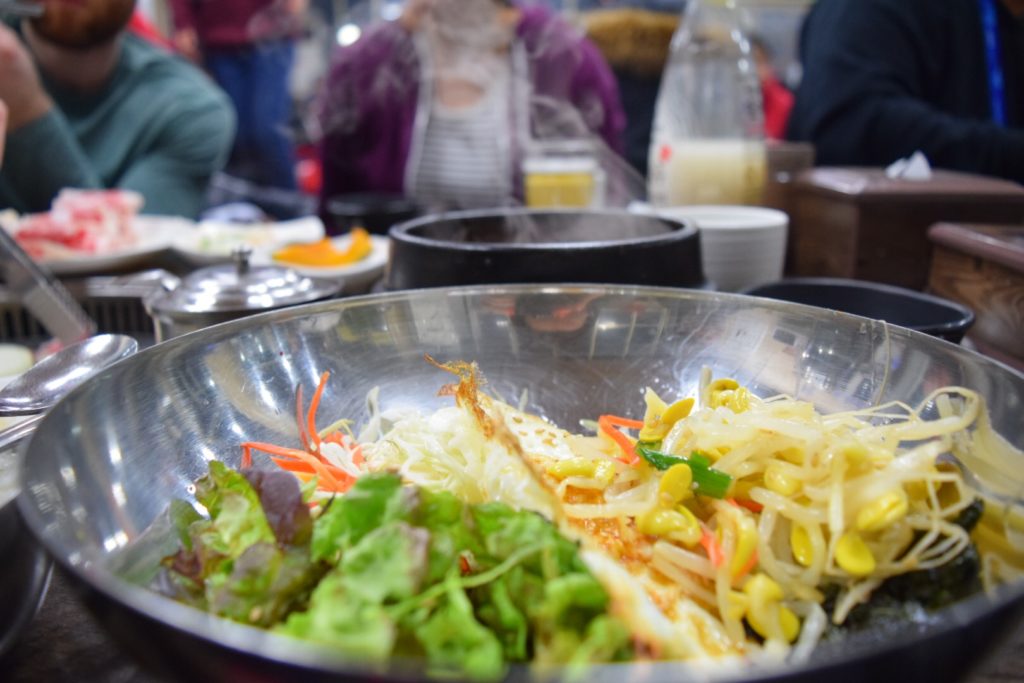
The food situation inside the Olympic park was rough. By the end of most events we attended, the crowds swarmed, leaving behind ravages of beef quesadillas and instant ramen. Unlimited kimchi aside, it was difficult to find decent eats inside. The best part of Gangneung, by far, was the local restaurants.
The thing about Korean restaurants is that they usually only one specific type of food – bulgogi, bibimbap, shellfish, seafood pancakes – but they will have made cooking that one food an art. There is always banchan, small plates of kimchi (it was inescapable) seaweed salad, bean sprouts, and sesame pickles. The soju is as cheap as the beer. But if you want to go full scale Korea, get a bottle of makgeoli – a type of fermented yogurt-like wine that you drink out of bowls. It tastes like sour sake and goes down surprisingly smooth. Order a bottle for every person at the table. The greatest part, in a Korean restaurant, everyone else is too drunk to judge you. So geonbae to your heart’s desire.
The Olympics were a once-in-a-lifetime event. There’s really no way to properly describe the feeling, but I think the guy sitting behind us at the USA v. Denmark curling match summed It up the best, FaceTiming his family and shouting ’Mom, I’m at the motherfucking Olympics!!‘ into his phone.
Me too, man, me too
Also published on Medium.
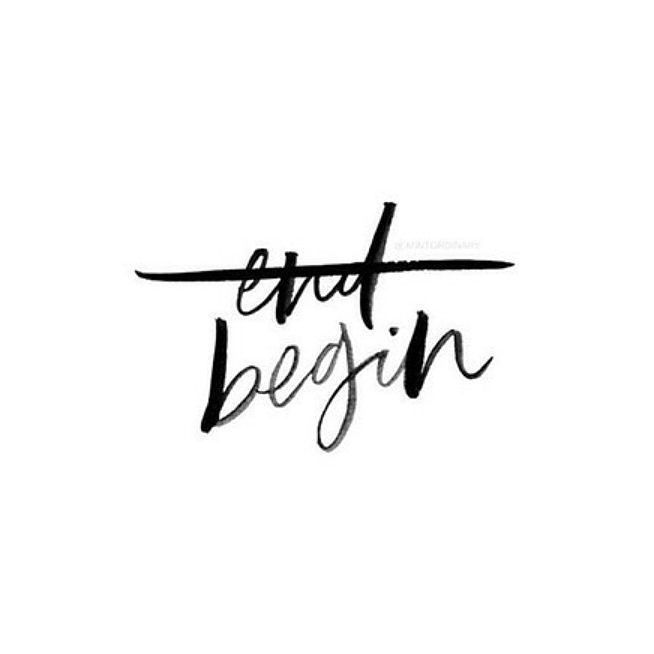

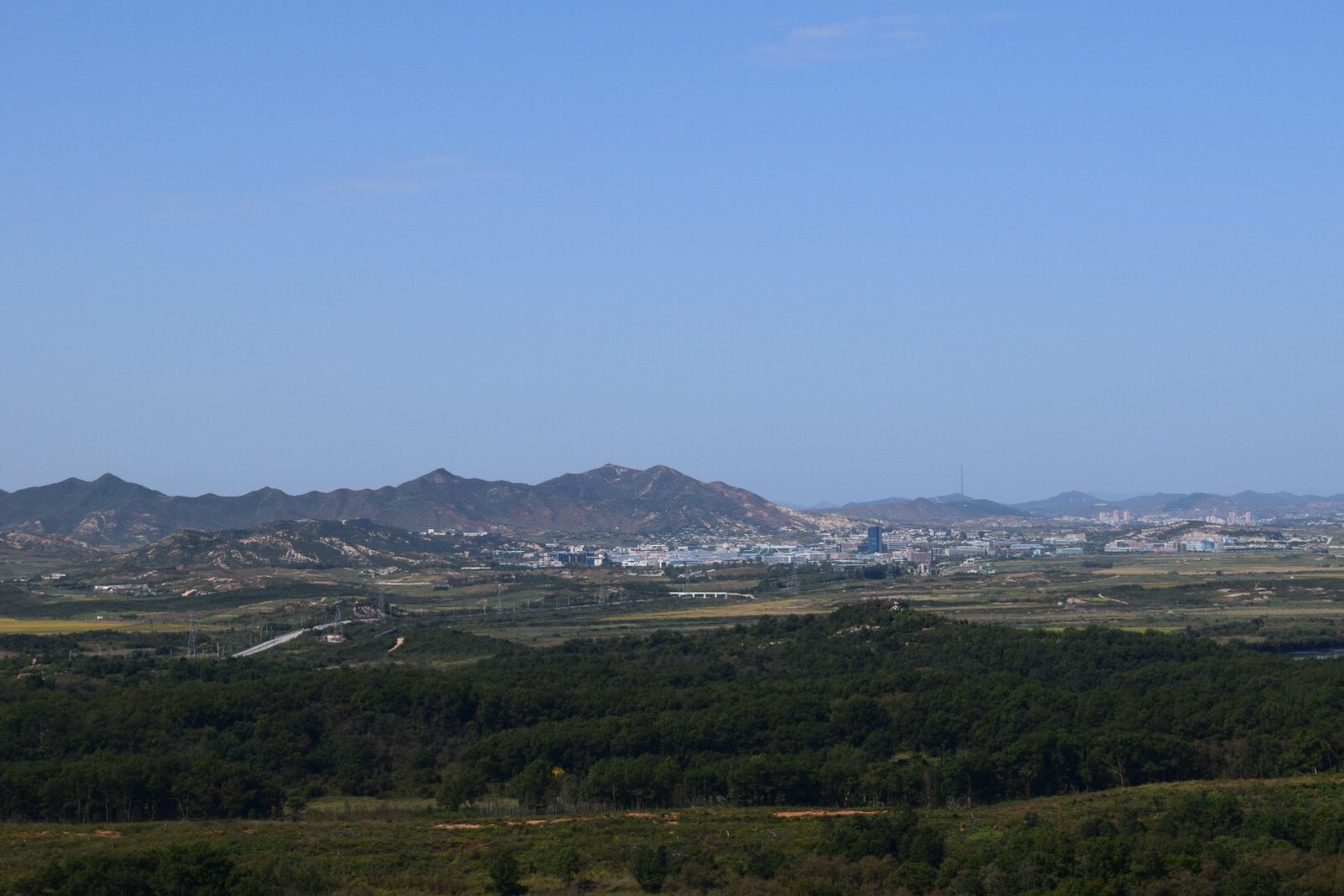
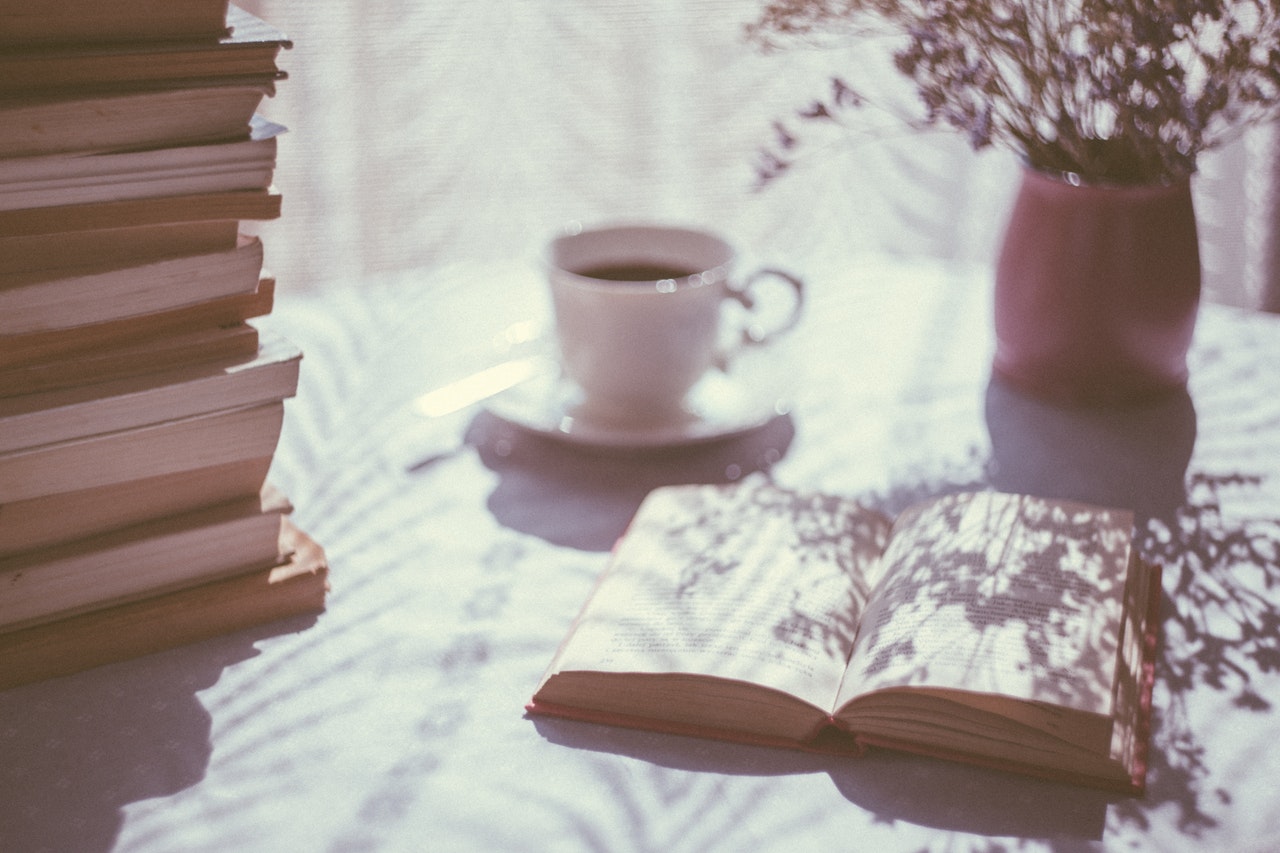
You seem to have had a good time. The only event I got into was the female Curling. Right at the end, after all that, we failed at all the medals. I’ve never even heard of the national houses and I guess Russia weren’t there officially, were they?